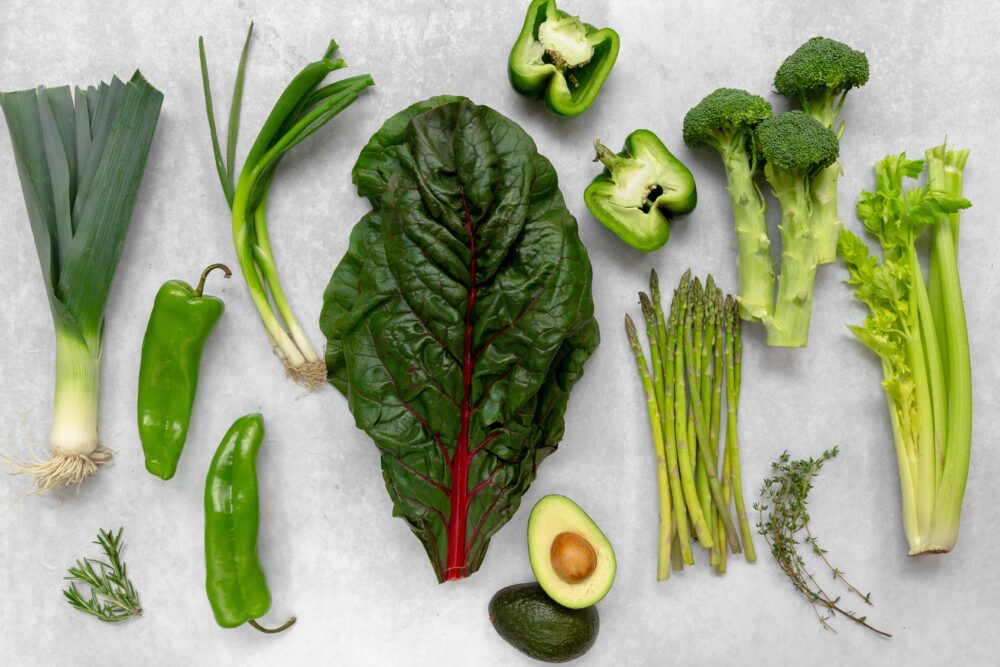What Are Collard Greens?

Collard greens, or collards, are a leafy green cruciferous vegetable, also known as Brassica oleracea, which is actually a family of plants that includes cabbage, Brussels sprouts, broccoli, and kale. Collard greens come in loose leaf or loose head varieties, rather than tight heads like you see on cabbages. Collards are similar to kale, nutritionally. And like kale, collards are definitely superstars in promoting health. They differ from kale mainly in their flavor and the shape of their leaves.
The flavor of collards can be slightly bitter and earthy. But they can also have a sweeter quality depending on the growing conditions they come from, how fresh they are, and time of harvest.
As for the origin of collard greens, they appear to have descended from wild cabbages found in Asia and the Mediterranean before recorded history. (Sadly, we don’t know what those wild cabbages got up to, but I bet they had a good time.) Eventually, collards spread through Europe and Africa. There’s evidence that the Greeks and Romans grew kale and collards in their domestic gardens over 2,000 years ago.
Collards also have a rich history in West Africa. Along with other foods brought over to the Americas during the horrendous Atlantic slave trade, West African women sometimes braided the seeds of collards and other crops into their hair and carried them to the Americas on ships packed with enslaved people. Over time, enslaved Africans gardened on plantation owners’ land to provide for their own sustenance. Crops like cabbage, collards, turnip greens, potatoes, and beans became among the healthiest staples of a people fighting, against enormous odds, for their survival. To this day, collards are an integral and healthy part of many Southern US soul food recipes.
(Excerpt taken from the Food Revolution Network)
